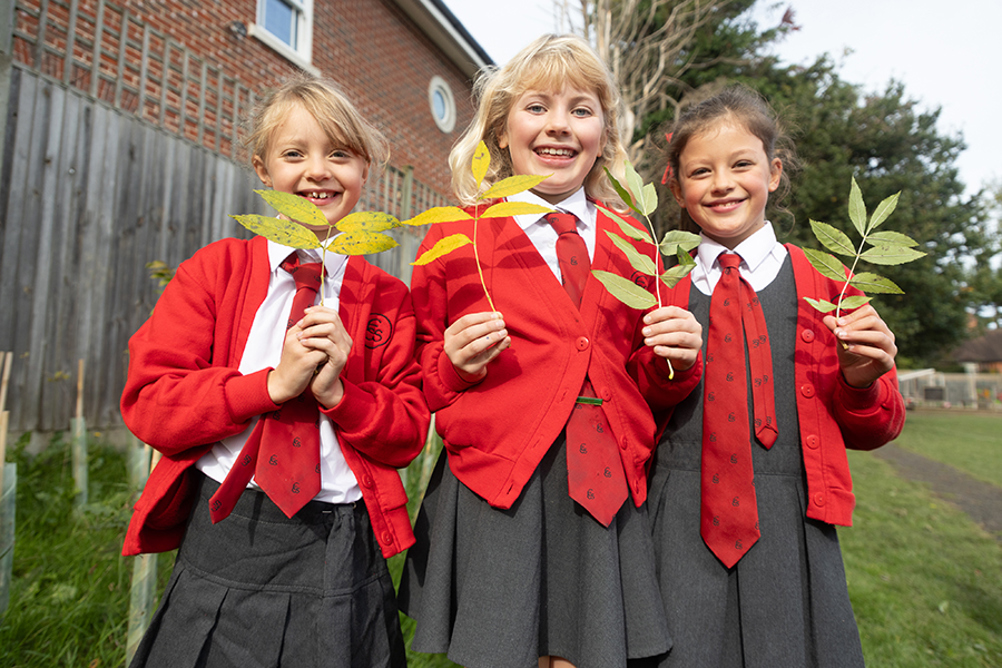
One of the key takeaways from the Department for Education’s recent Sustainability and Climate Change Strategy (DfE, 2023) is that the government would like all education settings to have nominated a sustainability lead and a climate action plan in place by September this year.
It is not a strict deadline, but it is meant to inspire and encourage progress (see DfE, 2025). The DfE’s strategy focuses on four key areas:
As one of 32 climate action advisors with Let’s Go Zero, a zero carbon schools campaign run by charity Ashden, my work involves helping schools in addressing these four areas in order to create bespoke climate action plans that save money, reduce carbon emissions, and improve the school environment.
Register now, read forever
Thank you for visiting Headteacher Update and reading some of our content for professionals in primary education. Register now for free to get unlimited access to all content.
What's included:
-
Unlimited access to news, best practice articles and podcasts
-
New content and e-bulletins delivered straight to your inbox every Monday
Already have an account? Sign in here
